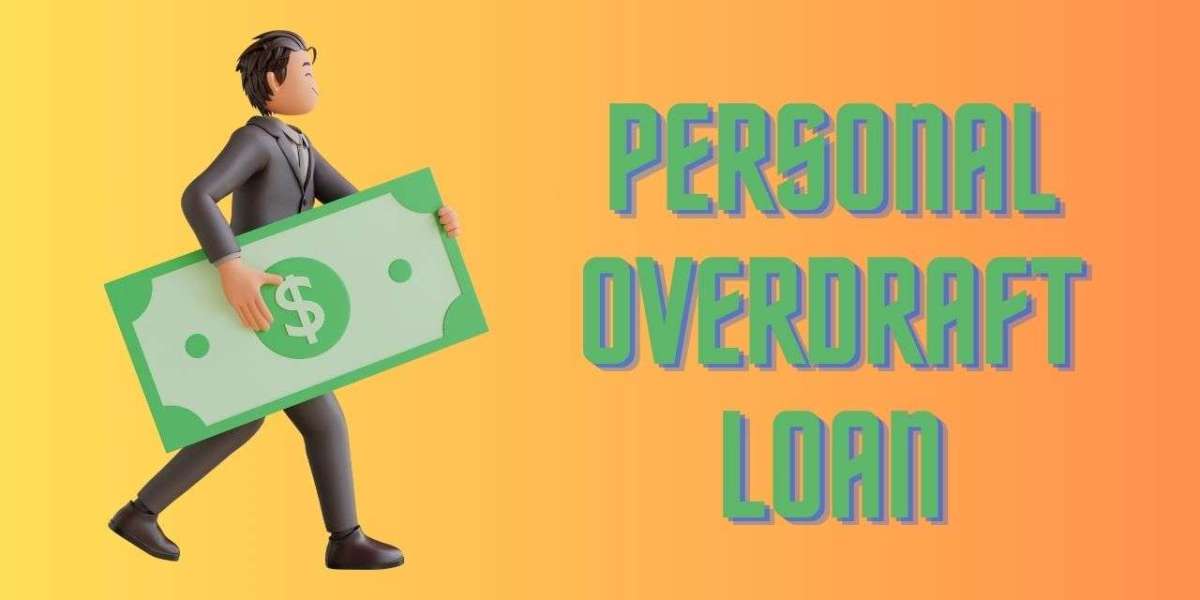Managing your finances can be stressful—especially when unexpected expenses arise. Whether it's a medical emergency, car repair, or sudden travel, having access to instant funds is crucial. This is where a Personal OD Loan, also known as a Personal Overdraft Loan, can help.
If you're new to this term or unsure how it works, don’t worry. This beginner’s guide will walk you through everything you need to know about personal OD loans—how they work, how they’re different from personal loans, and whether they’re right for you.
What is a Personal OD Loan?
A Personal Overdraft Loan is a credit facility provided by banks or financial institutions that allows you to withdraw money even if your bank account balance is zero or low—up to a certain approved limit.
In simple terms, think of it as a safety net. You are given a credit limit, and you can borrow money from that limit whenever needed. The best part? You only pay interest on the amount you use, not the entire credit limit.
How Does It Work?
Let’s say your bank approves a personal OD limit of ₹1,00,000. You don’t have to use the whole amount right away. If you only need ₹20,000, you can withdraw just that. Interest will be charged only on ₹20,000—not the full ₹1,00,000.
When you repay the borrowed amount, your limit is restored. This makes it a revolving credit, similar to how a credit card works, but with generally lower interest rates and more flexible repayment options.
Key Features of a Personal OD Loan
Flexible Withdrawal: Borrow only what you need, when you need it.
Interest on Used Amount Only: Save money by not paying interest on the full limit.
No Fixed EMIs: Repay as per your convenience or bank terms.
Quick Approval: Especially for salaried professionals or existing customers.
Top-up Option: Once repaid, you can borrow again.
Who Should Use a Personal OD Loan?
A personal OD loan is ideal for:
Salaried individuals facing short-term cash shortages.
Freelancers or self-employed people with irregular incomes.
Students or parents dealing with surprise education expenses.
Small business owners who need short-term working capital.
Basically, if your income and expenses vary, or if you want a financial cushion for emergencies, this type of loan offers peace of mind and flexibility.
How to Apply for a Personal OD Loan
Applying for a personal overdraft loan is usually simple:
Check Your Eligibility: Most banks look at your income, credit score, and account history.
Submit Documents: Usually includes identity proof (Aadhaar, PAN), address proof, income proof (salary slips or ITR), and bank statements.
Get Approval: If approved, your OD limit is set.
Use and Repay: Borrow money as needed and repay at your pace or as per terms.
Some banks offer pre-approved personal OD limits to their customers—especially if you maintain a good account history.
Pros and Cons
Pros:
Lower interest than credit cards
Flexible usage
Saves on unnecessary debt
Cons:
Interest rates can be higher than secured loans
Overuse can lead to a debt trap
May require good credit history
Final Thoughts
A Personal OD Loan is a smart financial tool for beginners who need occasional help managing cash flow. It's not meant for long-term borrowing but is perfect for short-term needs and emergencies.
Before applying, make sure to compare offers from different banks, understand the interest rates, and assess your repayment ability. When used responsibly, a personal OD loan can be a financial lifesaver.






